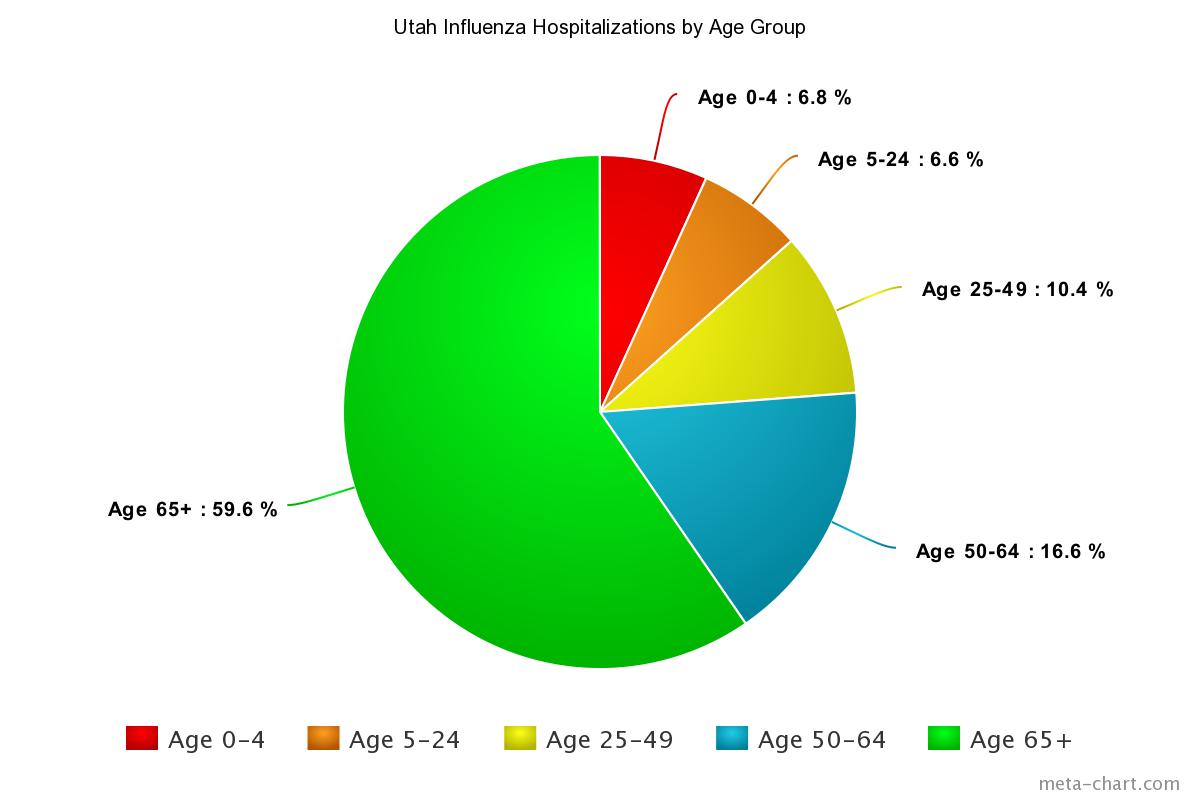Editor’s note: This story pairs with “Utah experiences low influenza activity compared to most of US”
Registered nurse Kim Christensen has heard many reasons people don’t get flu shots.
“I hate shots.”
“I got the flu last time I got the shot.”
“I don’t believe in vaccines.”
But Christensen, who has worked for the Student Health Center for 20 years, said despite these excuses, BYU students and faculty receive a combined 5,000 doses of influenza vaccine on campus and from the Student Health Center.
Flu vaccinations have likely contributed to Utah being one of the few states in the U.S. with a low influenza activity rating this year, according to the CDC. Christensen said she encourages every eligible person to get a flu shot, particularly those at high risk for complications from the illness.
“Influenza can kill people, especially the very young and elderly. The CDC tries very hard to determine which strains of flu are most prevalent and target four of them in the flu vaccines each year,” Christensen said. “Even if you are exposed to a different strain than those targeted in the vaccine, your illness will be less severe if you get the vaccine.”
The flu vaccine does come with some side effects, but these are much more mild than the full-blown flu. According to Christensen, side effects from the vaccine might include localized pain and ache at the injection site, mild fever from the immune response and general mild aching.
BYU health science professor Chantel Sloan said this year’s flu vaccine is somewhat less effective than previous years’ vaccines.
“This strain of flu seems to have mutated after the vaccine was already in production … so if the strain changes after that, we’re kind of up a creek without a paddle,” Sloan said. “The shot has about 30 percent effectiveness this year, which is lower than normal.”
But the vaccine is still worth getting, according to Sloan.

According to Utah’s Department of Health, 59.6 percent of total influenza hospitalizations in Utah this year were people over 65 years of age. This rate is consistent with the trend seen across the United States, with a higher number of hospitalizations for flu occurring this season than in previous years.
There may be some improvements to the flu vaccine on the horizon, according to Sloan. For example, chicken eggs are currently used to develop the vaccine, but human cell cultures could be used in the future.
“Switching to that will, in theory, help us increase the rate of vaccine production, so we can start making vaccines much closer to flu season, which will enable us to predict the strains more accurately,” Sloan said.
Sloan also said ideas have been put forth in the scientific community for developing a “universal flu vaccine” which would require patients to only receive one shot as a child, similar to other vaccines. However, no timeline has been established for when such a vaccine might be developed. In lieu of a universal vaccine, Sloan and Christensen encouraged everyone to get the flu vaccine to prevent illness this flu season.
The Utah Department of Health hosts a searchable vaccination location database with information about where flu shots are available.




